Shower Tile Regrouting Benefits
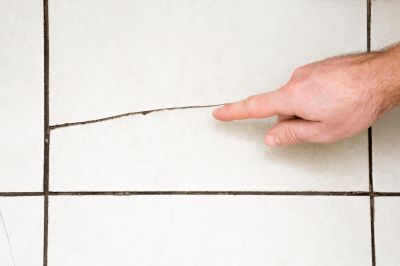
Visible cracks or crumbling grout indicate the need for regrouting to prevent water damage.
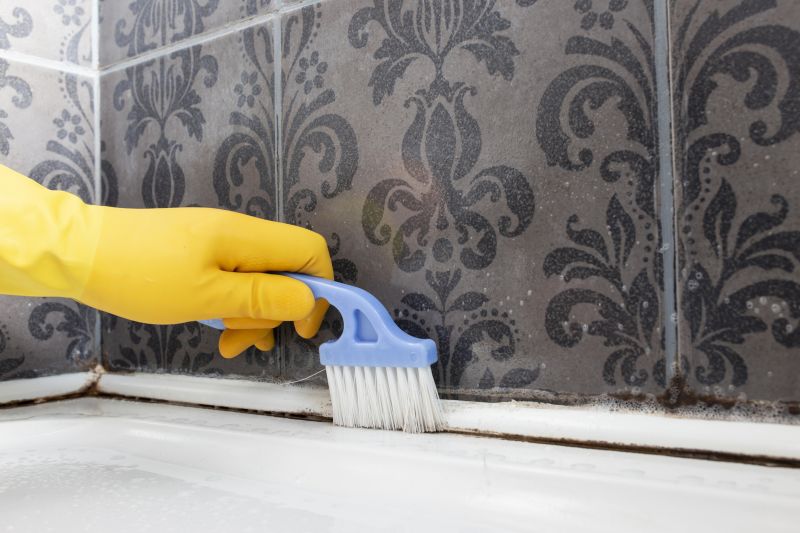
Persistent mold or mildew in grout lines suggests regrouting can improve hygiene and appearance.

Stains or discoloration often signal that grout has deteriorated and requires replacement.
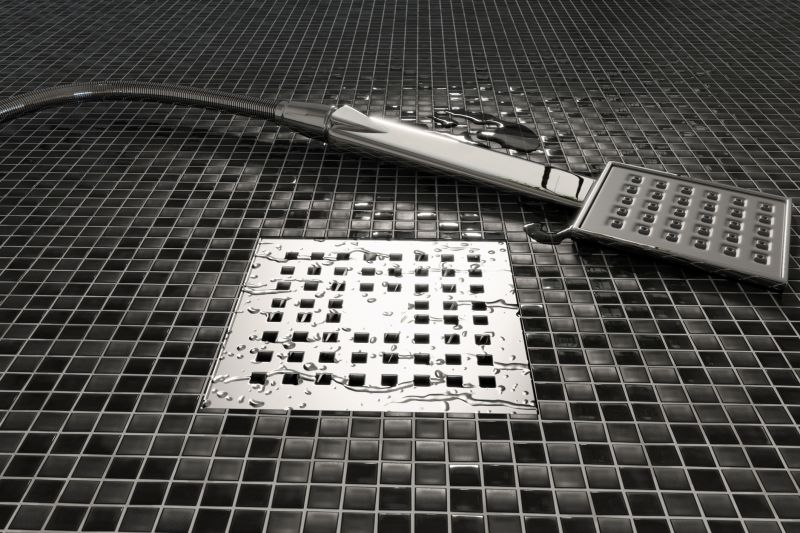
Ways to make Shower Tile Regroutings work in tight or awkward layouts.

Popular materials for Shower Tile Regroutings and why they hold up over time.
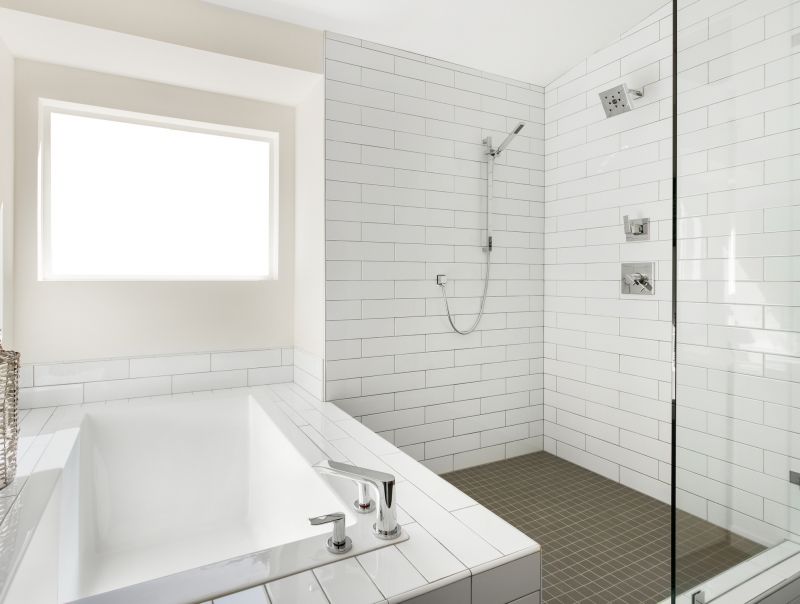
Simple add-ons that improve Shower Tile Regroutings without blowing the budget.
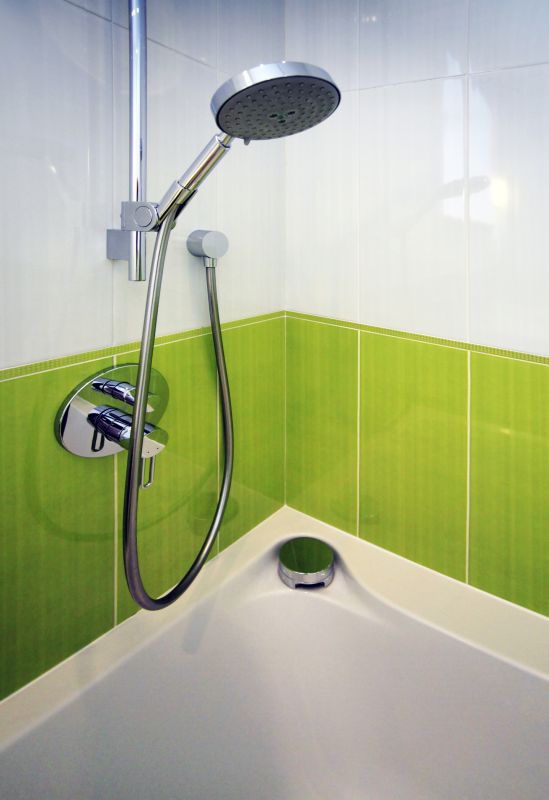
High-end options that actually feel worth it for Shower Tile Regroutings.
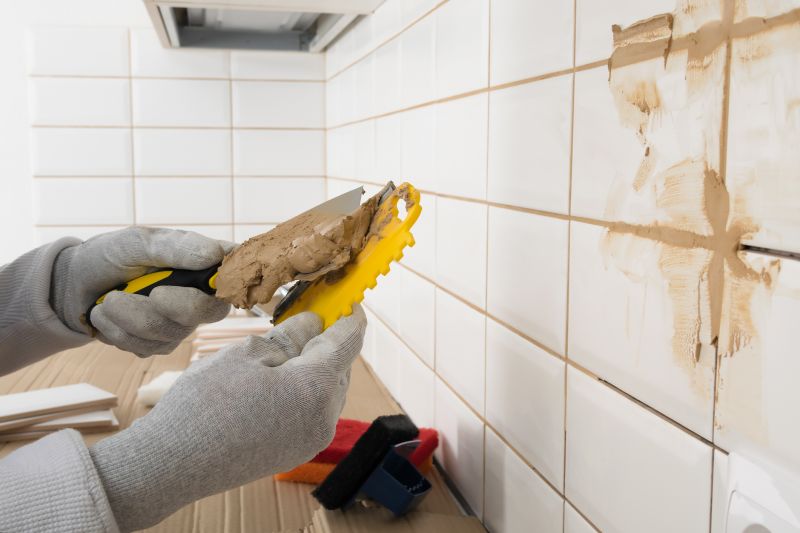
Finishes and colors that play nicely with Shower Tile Regroutings.
Shower tile regrouting is a maintenance process that involves removing old, deteriorated grout and applying fresh grout between tiles. This procedure restores the shower’s appearance and enhances its waterproofing capabilities. Proper regrouting can extend the lifespan of tiles and prevent water infiltration that could lead to structural issues. Regular inspection of grout lines helps identify when regrouting is necessary, typically when signs of damage or discoloration appear.
Cracks, crumbling, or discoloration in grout lines are key indicators for scheduling regrouting.
High-traffic showers may require more frequent regrouting to maintain integrity.
Regrouting before severe damage occurs can save costs and preserve tile quality.
Humidity and water exposure accelerate grout degradation, suggesting a need for regrouting sooner.
Statistics show that grout typically begins to deteriorate within five to seven years of installation, depending on usage and environmental conditions. Early regrouting can prevent costly repairs and tile replacements. Regular maintenance, including timely regrouting, can improve shower hygiene and appearance, reducing the likelihood of mold growth and water damage.



